Orty part II - Władysław IV Waza, Jan II Kazimierz
On April 30, 1632, after almost forty -five years, King Zygmunt III Waza died, the throne was taken over by Władysław IV Waza after him - his reign was relatively poor for Polish numismatics, and the reason for this was the ban on a small coin in 1627. However, in 1635 stamps were designed and in the Bydgoszcz mint several copies of pre -emissions of orth, sixts and triplets were minted. These are unique coins, because unfortunately the Sejm at that time did not accept the resumption of the emission of a small coin. The only known and preserved copies of these coins are in the famous St. Petersburg Museum - an Ermitage, a curiosity can be aroused by a small orth diameter - 26mm, at 30mm for Zygmunt III Vasa.
In 1650, already at the beginning of the reign of John II Kazimierz Waza, a tragic ban on breaking a small coin from 1627 was abolished, because of him the Commonwealth was flooded with a mass of low -quality foreigner coin, a kind of renaissance awaits the orthoses.
Renaissance, or beating on an unprecedented scale, because of as many as 9 mint: Bydgoszcz, Wschowska, Poznań, Krakowska, Lviv, Wileńska, Gdańsk, Toruń and Elbląg.
On the largest scale of the ORTA of Jan Kazimierz was beaten in Krakow and Bydgoszcz. To make matters of all this, Poland during the reign of this ruler has become a large part occupied by the Swedes (Swedish Flood 1655-1660), as well as the occupation and siege coincidence invaded by the Cossacks and a normal national coincidence, it has become as usual-difficult times for the state have become extremely interesting for numismatics.
Below are a photo of a nice Krakow Orta from the first anniversary of the beating, 1655, unleashed, because the same, when Krakow was besieged by the Swedes.
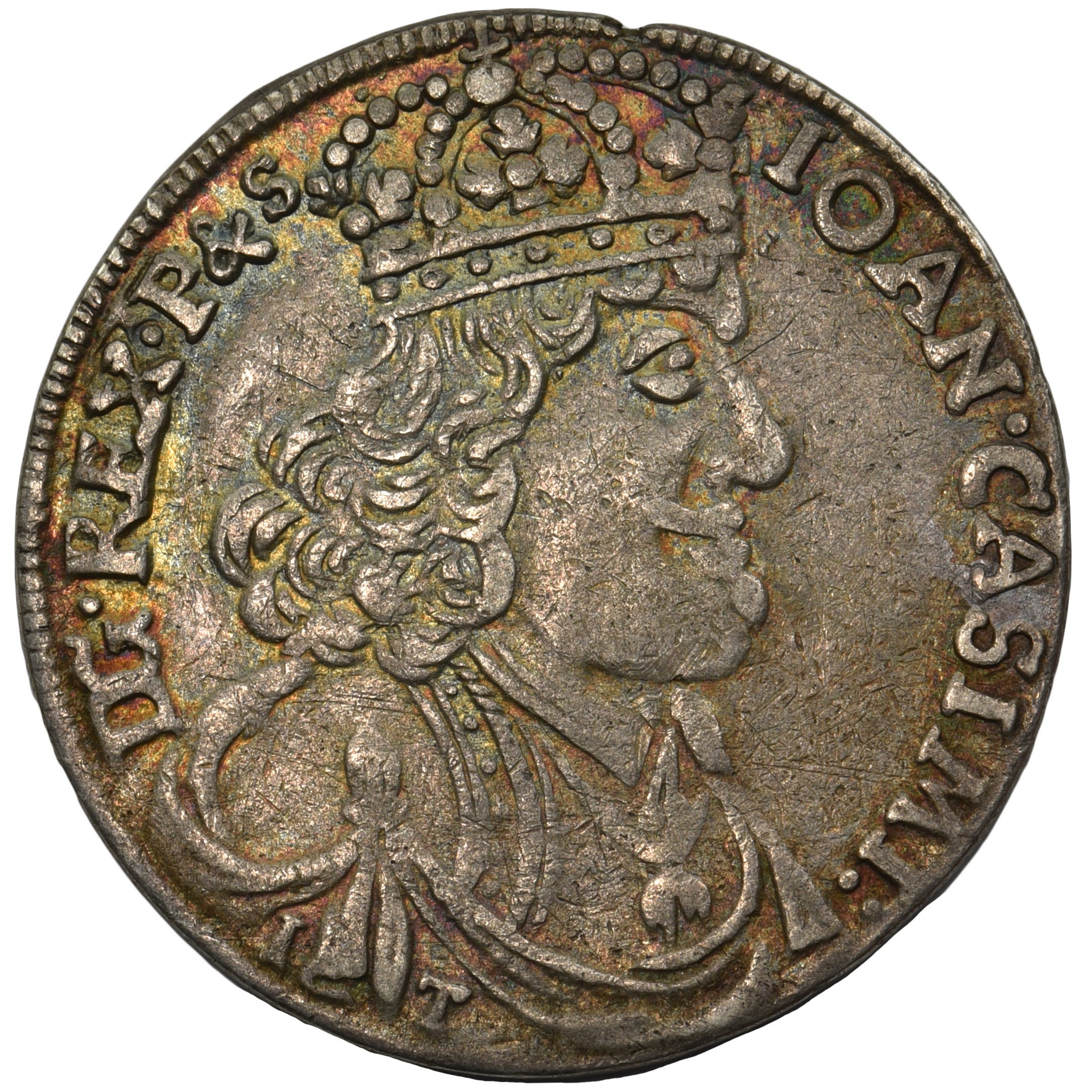
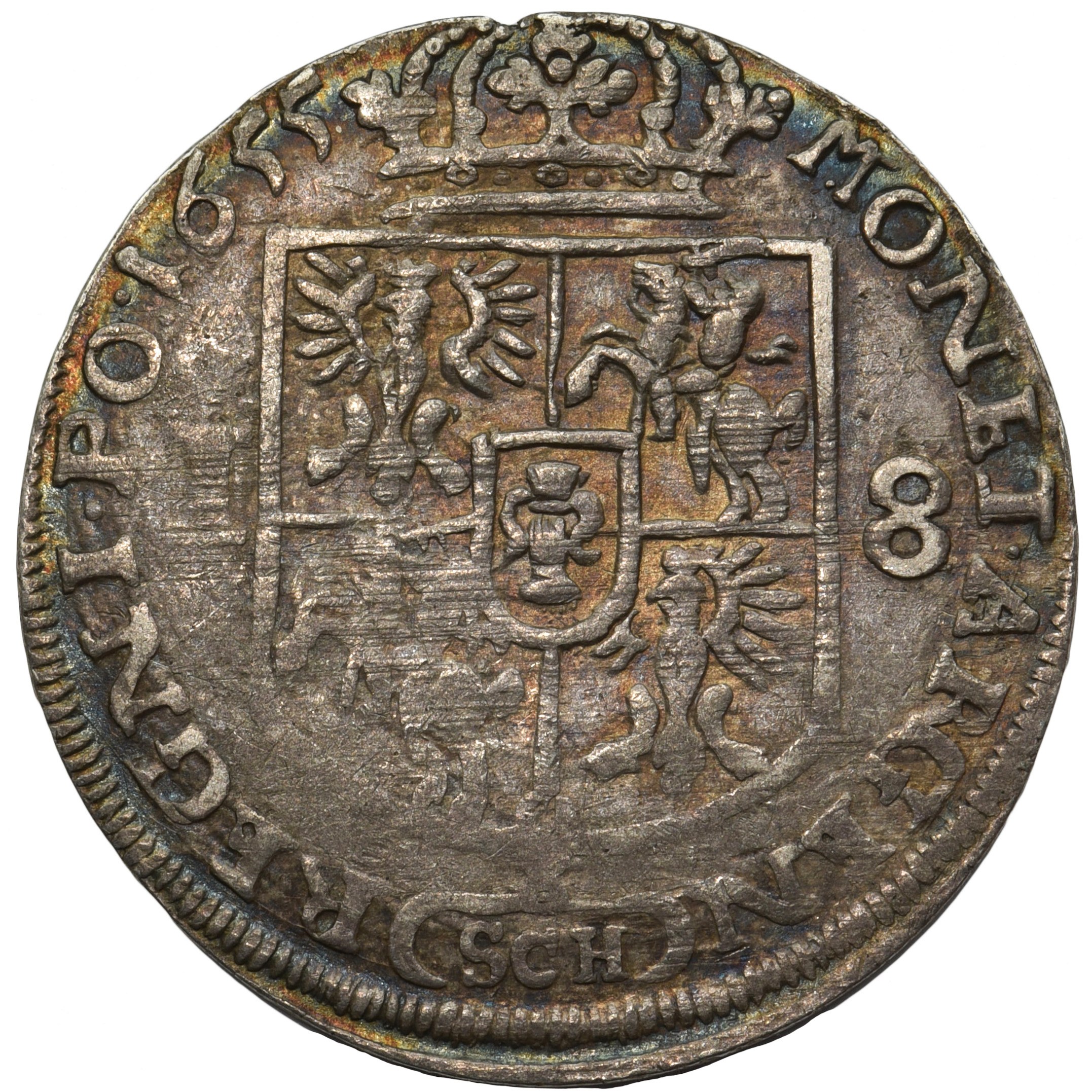
In Bydgoszcz, Orty was beaten in 1650, 1651, 1652, 1667, 1668 - those from the 1950s are rare and valued by collectors, and those from 1667 and 1668 are among the most popular and easiest to buy by beginners, they were probably killed by millions of expenditure, below a nice example of one of them.
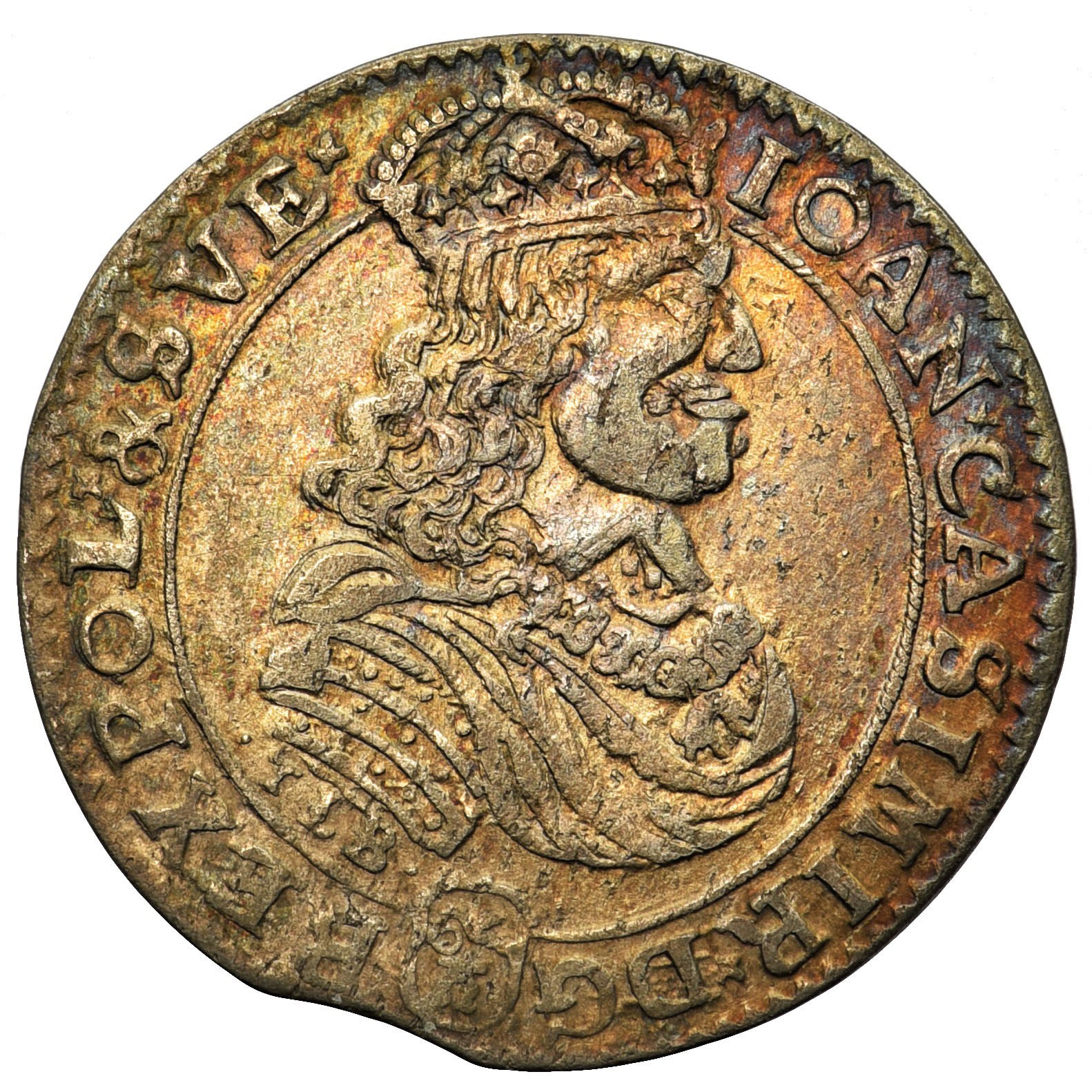
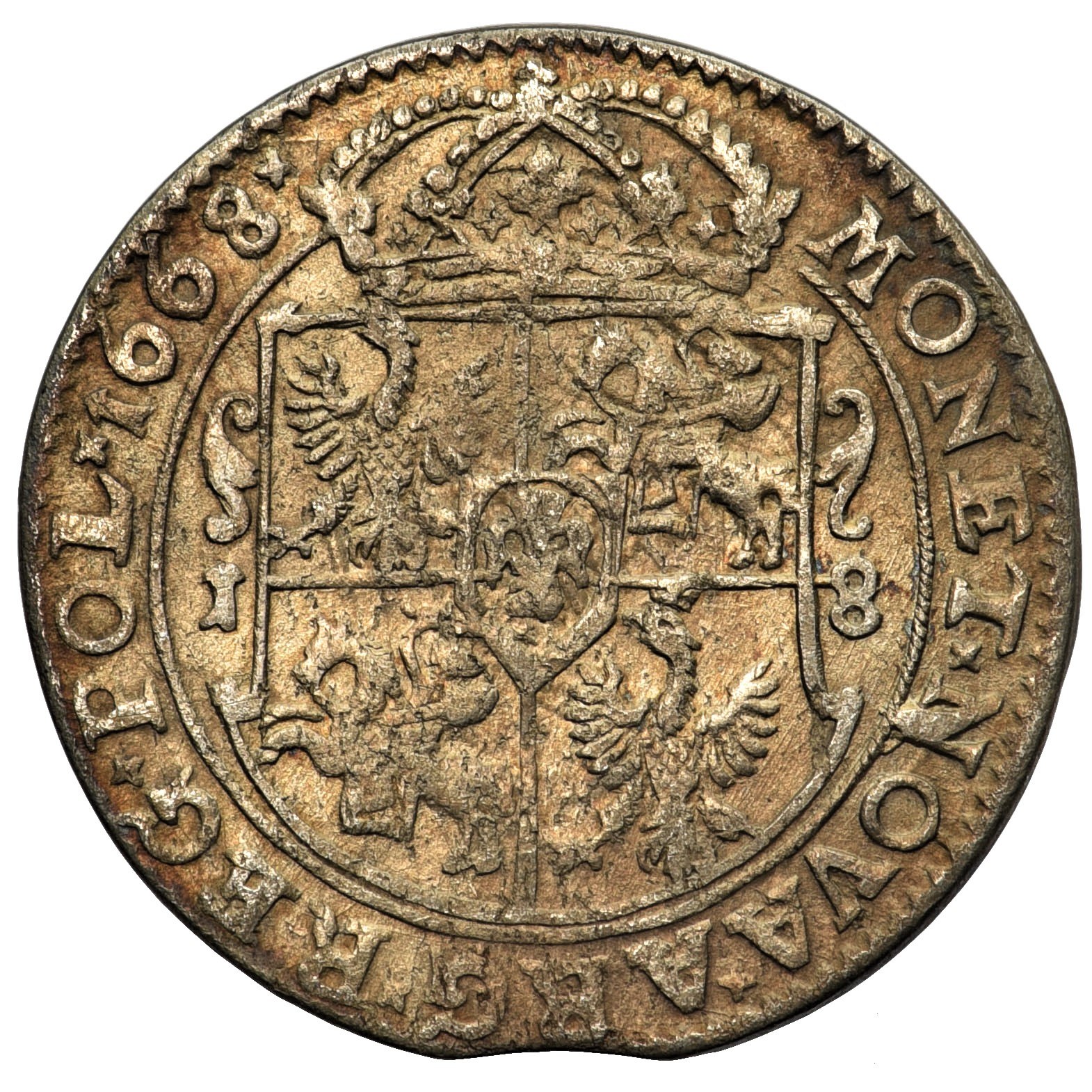
Now we will go to the Mint of Wschowska, which was experiencing its splendor during the reign of Jan II Kazimierz, Orty was beaten in it in 1650-55 (according to some sources also in 1656). They are very interesting and different in terms of iconographic from other coin spectators. On the obverse we see the unusual bust of the king in ancient armor covered with a coat with the Golden Run order, the monarch's head does not decorate - as usual the crown, but the laurel wreath - Jan Kazimierz looks like a Roman emperor, such a performance certainly had a propaganda dimension. Below Ort Wschowski from 1653 in the phenomenal behavior for these coins.
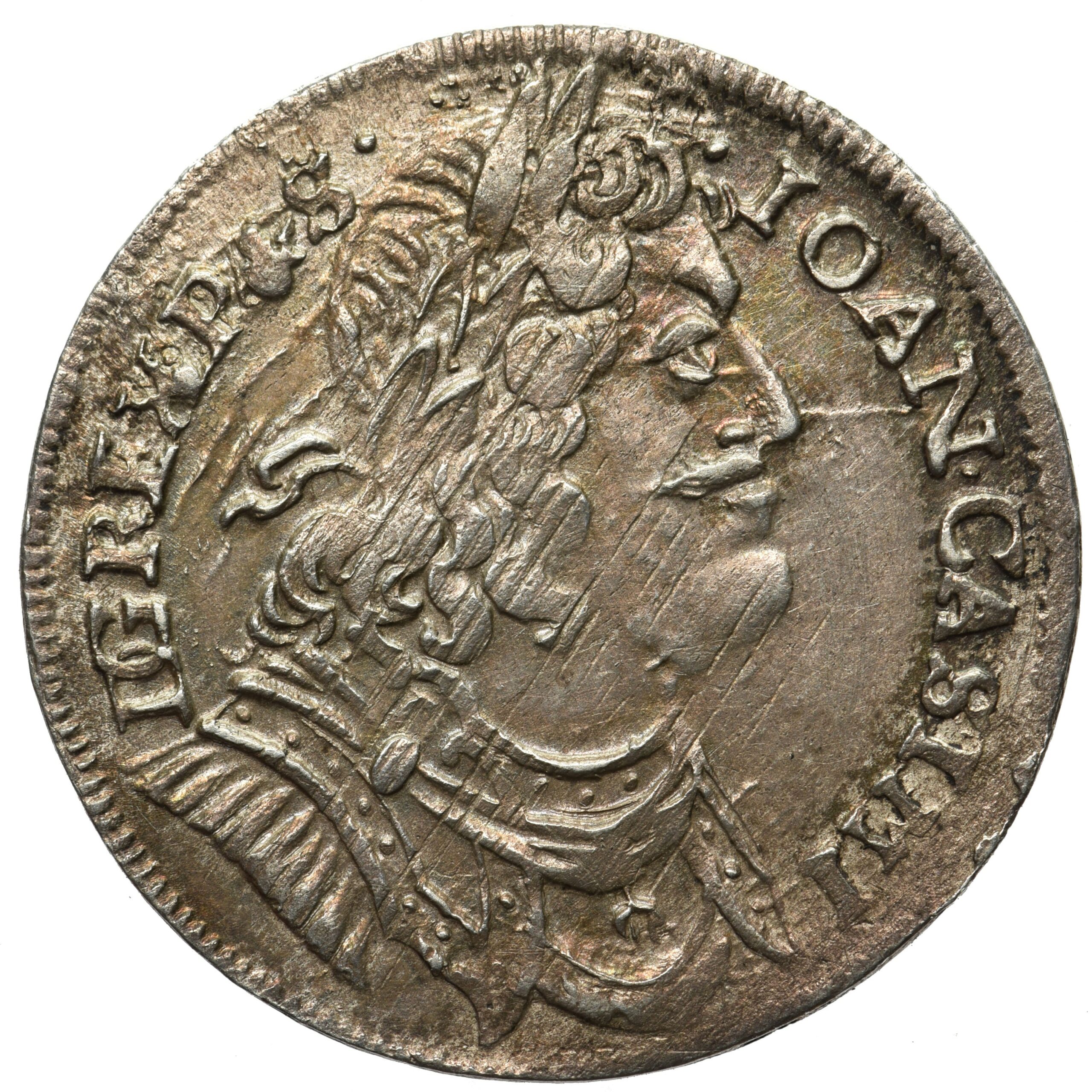
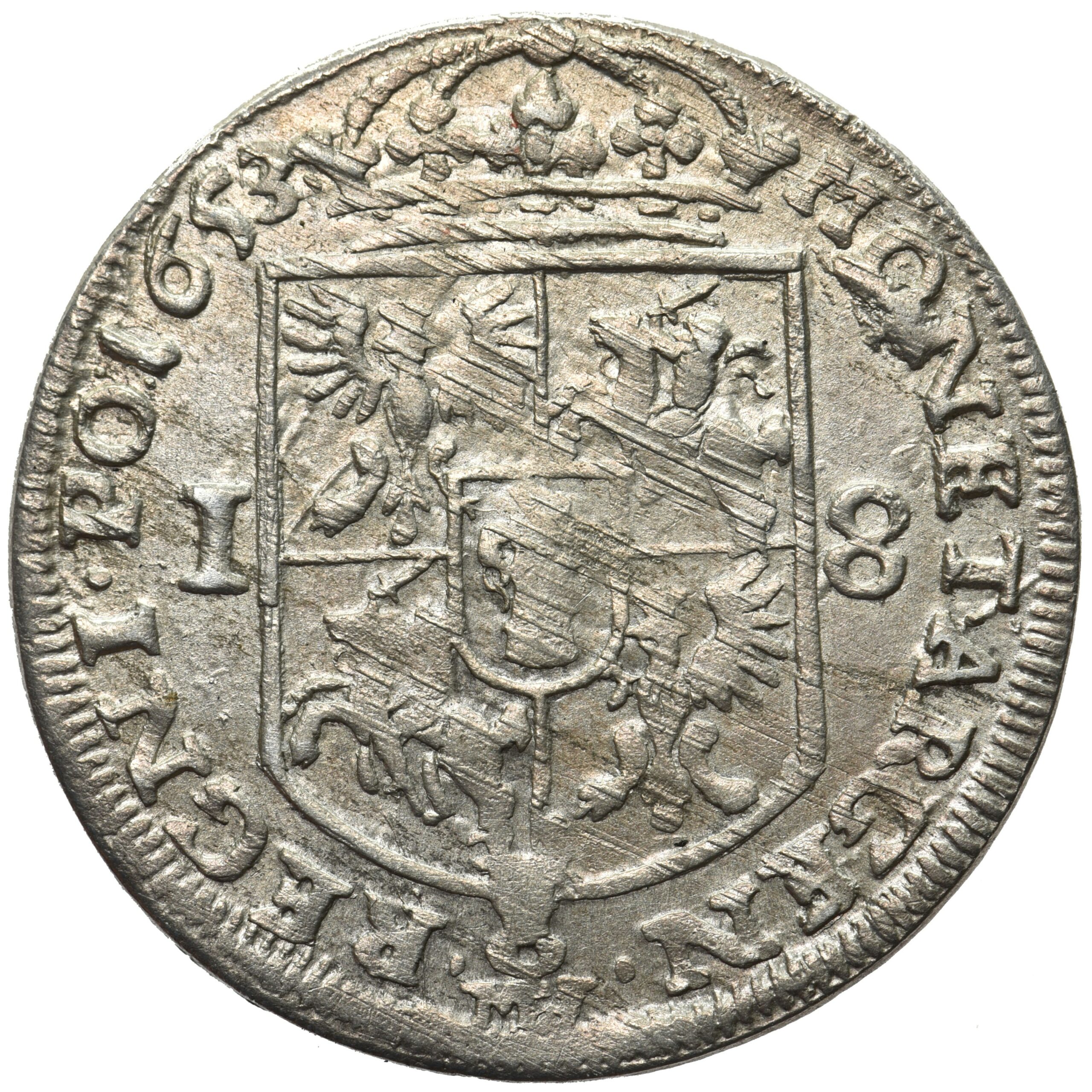
We discussed Wschowa briefly, it's time for the next Crown Mint - the Poznań Mint. There, during the reign of Jan Kazimierz, a lot was happening. Orthodium, as it has already been adopted in these times-18th pea was beaten there for a long time for such chaotic times, for nine years (1651-59), although those from the initial two years of beating are today as particularly rare and valued, as well as iconographically specific. However, as an example of Orta Poznań, I will show you a more popular coin, however, equally beautiful - Poznan Orta from 1654, the king has a characteristic hair rich in Loki, please look:
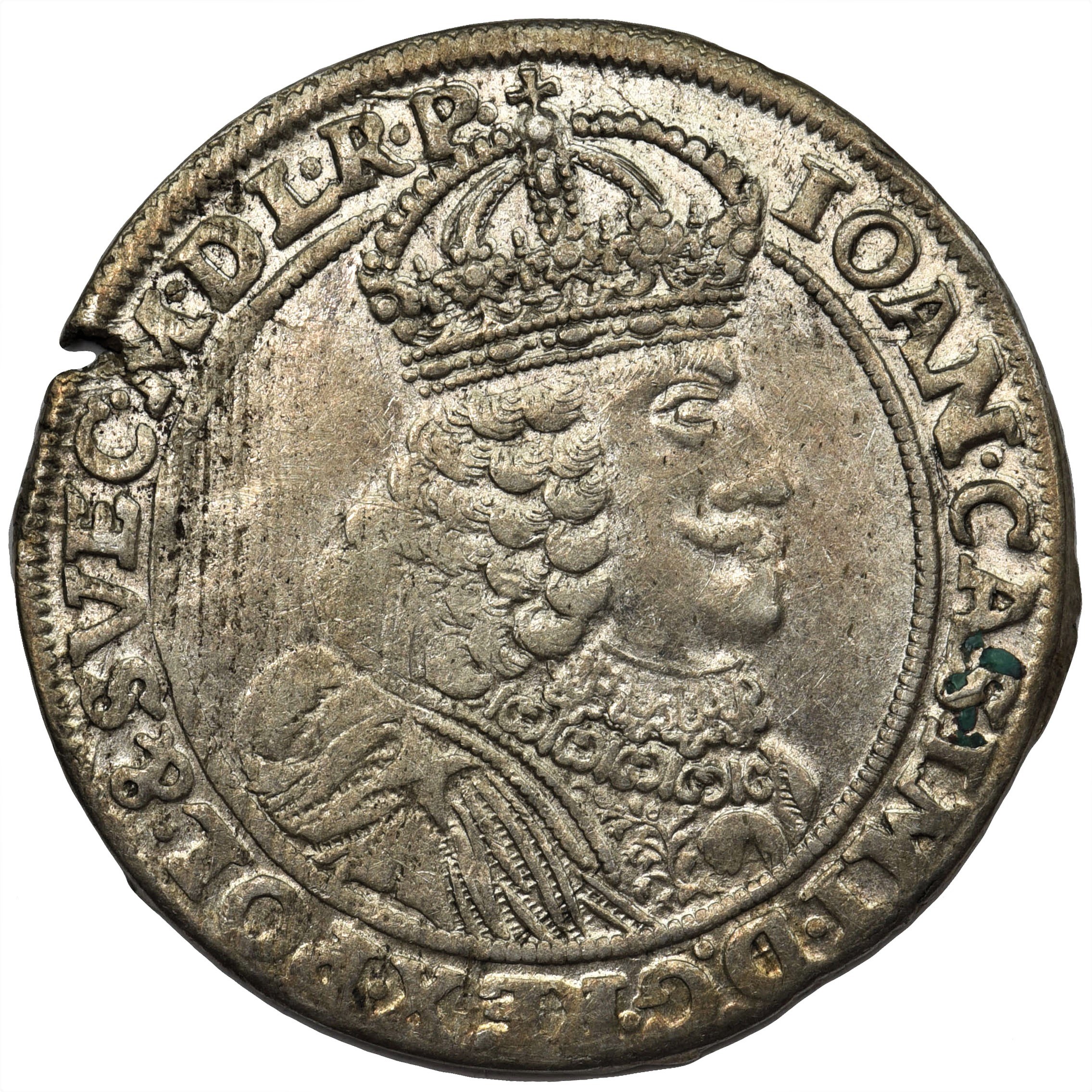
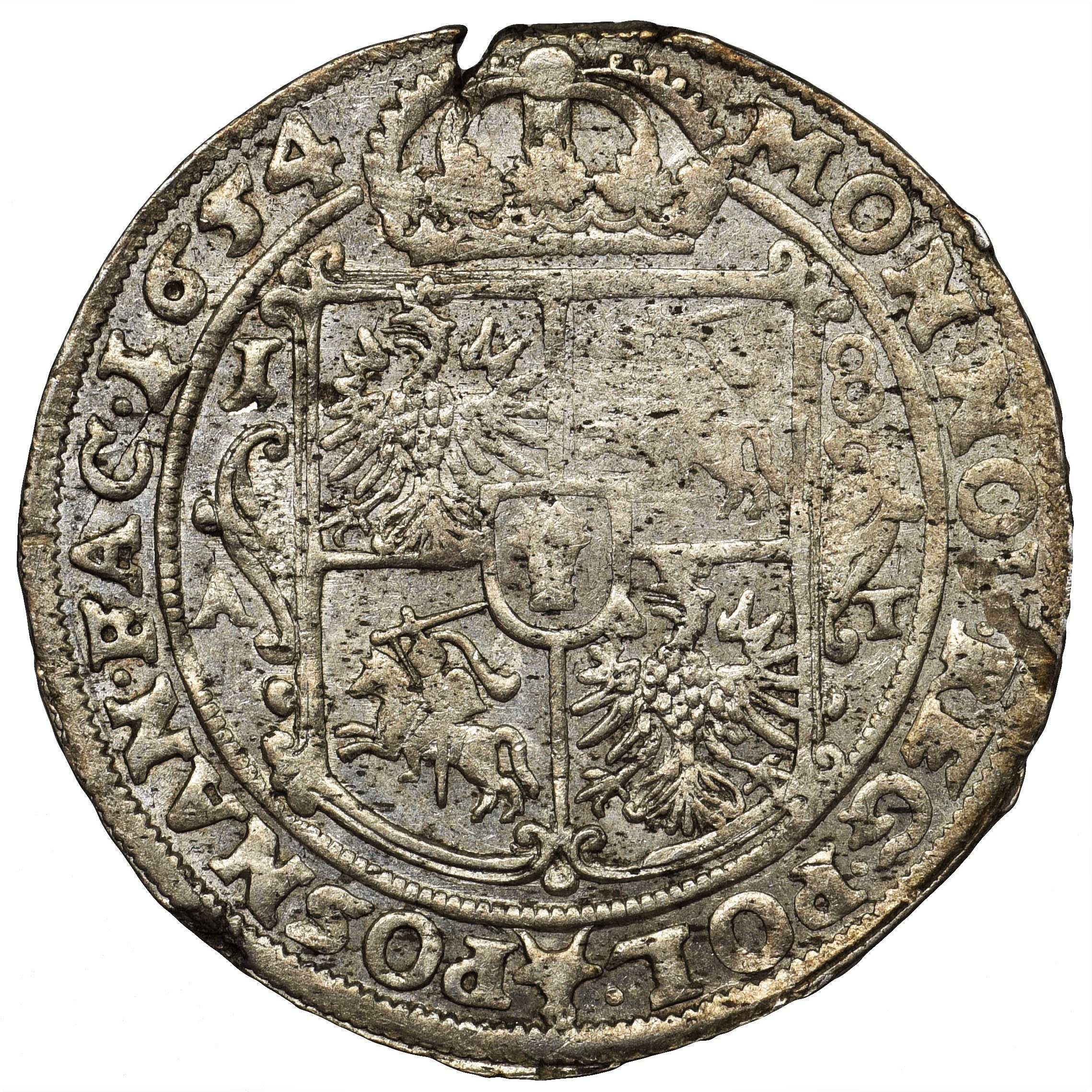
Through Krakow, Bydgoszcz, Wschowa and Poznań we reach the last crown mint - Lviv. In my opinion, it is one of the most interesting ORTs of Jan Kazimierz, because they are an example of a war coincidence, when an unhealed specialist prepared a coin stamp, and the most ordinary blacksmith did it. This was the case in Lviv, deprived in 1656 by the Cossack-Moscow besieging mint craftsmen and professional mint equipment. Below is an example of a coin from this period:
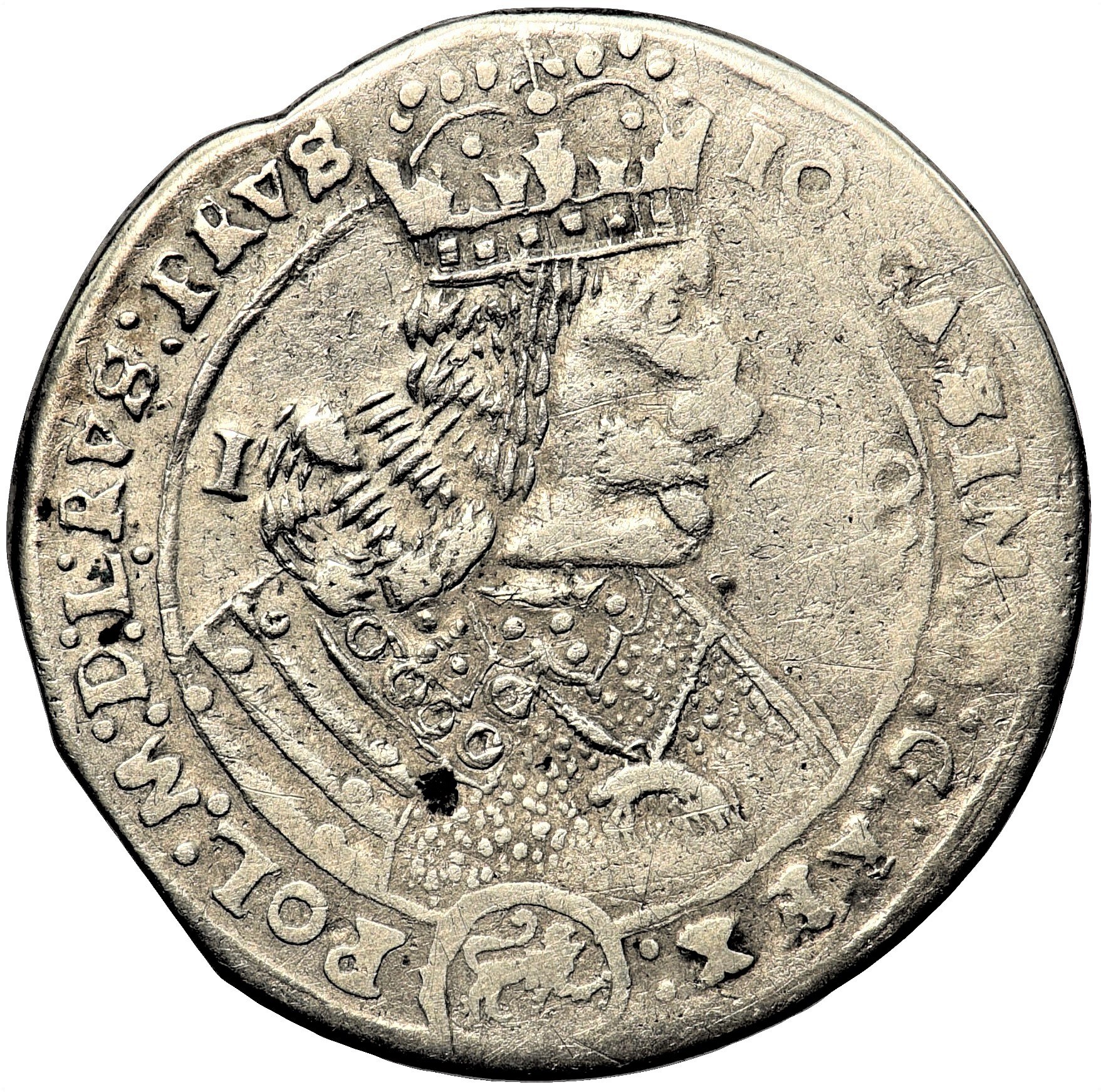
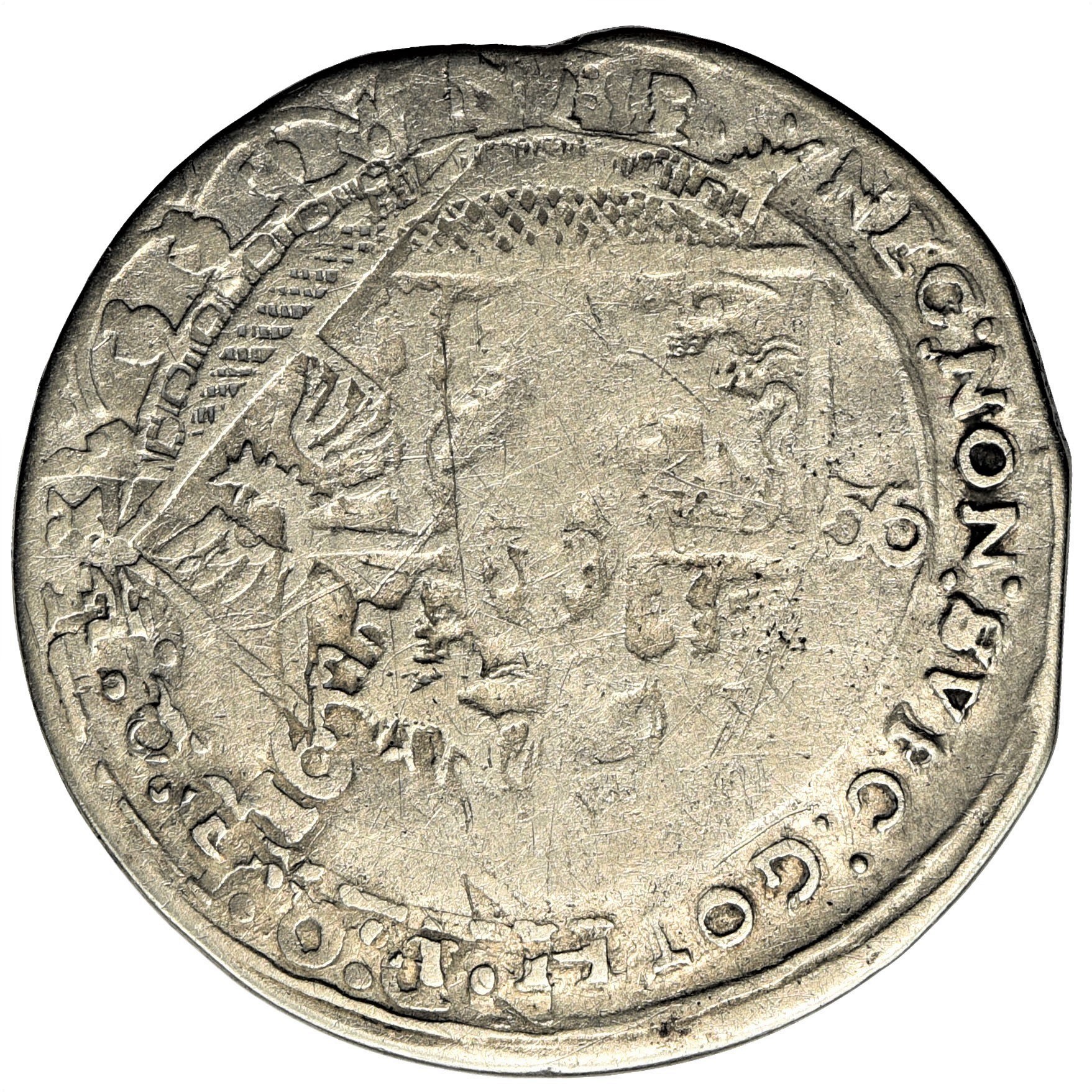
Orthus with such a characteristic primitive performance was beaten in 1656 and 1657. Orthus in Lviv, this time, with professional stamps was broken in 1660, but it was a very small emission, and the rarity of these coins is huge today.
Thus, we came to the Lithuanian mint - Vilnius, although some Lithuanian numismatics attribute these coins of the Oliwa mint, I will stay here when these coins were minted in the capital of the Grand Duchy of Lithuania. Vilnius Orty was only beaten in one year - 1664 and belong to one of the more valued and sought after ORTs of Jan Kazimierz. The bust of the ruler in the laurel wreath with the inscription was shown on the obverse, while on the reverse the Lithuanian pursuit with an inscription in the rim.
Finishing this quick discussion of individual mint, I must mention the city mints, i.e. Gdańsk, Toruń and Elbląg.
Of course, these three mint is the richest of the Hanzeatic power, the most important port of Central and Eastern Europe, i.e. Gdańsk. Orty in Gdańsk was beaten from 1650 to 1667 with several small breaks. The rarest of them includes the first year of beating - 1650, as well as the last two. Gdańsk Orty from the time of Jan Kazimierz is characterized by a large variety and the number of varieties, greater than that of the Zygmunt times. Below is an example of the early Gdańsk Ort Jan Kazimierz from 1651:
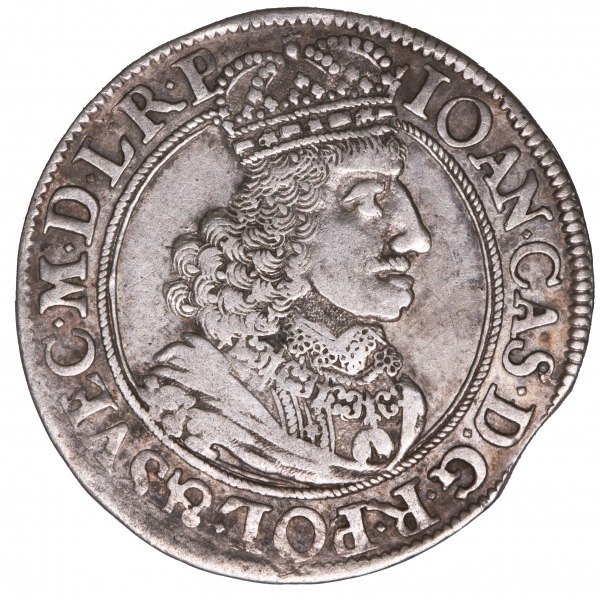
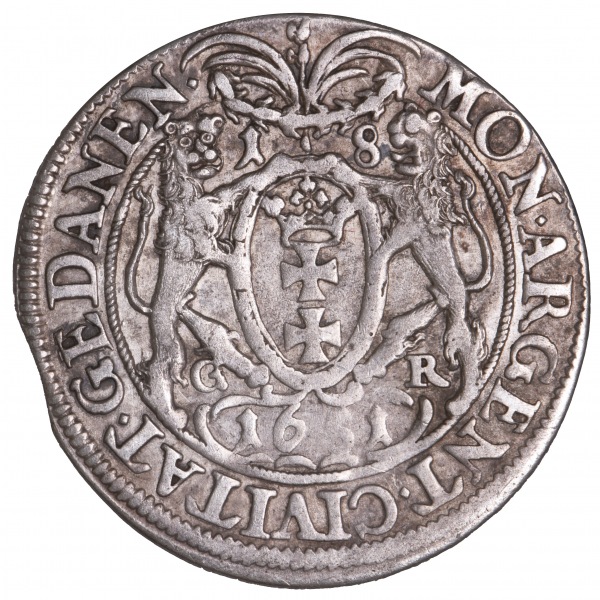
In my opinion, the execution really elaborate - especially busts.
Now an example of performing from later years, a little less pretty in my opinion, but still above average quality, ORT 1662:
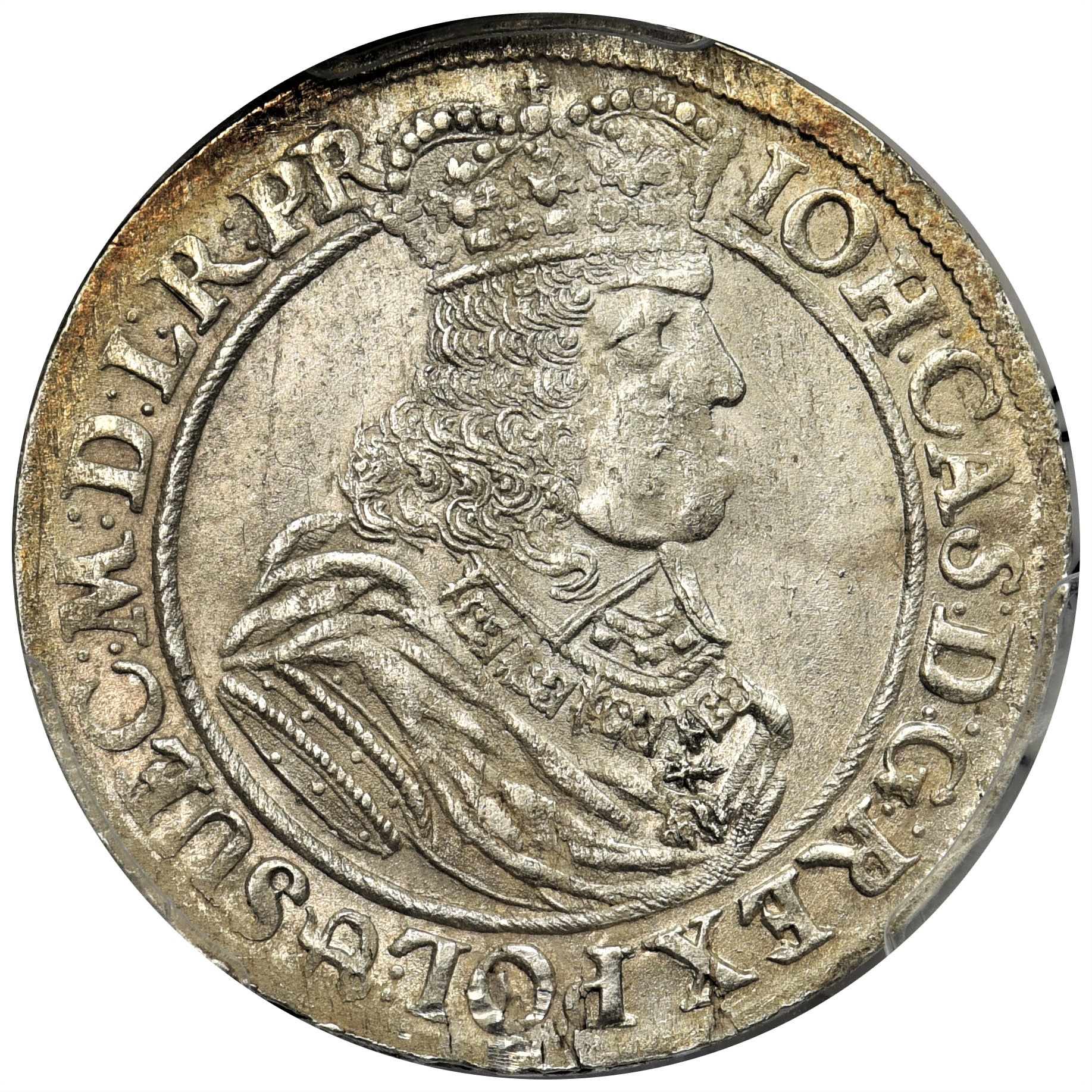

At this point, time is chasing us, we go to Toruń.
The flourishing of this mint falls at the reign of Jan Kazimierz, here the beating of the Orter was ended even a year later than in Gdańsk; They were beaten in 1650-1668 with small breaks. Toruń productions from others are distinguished by an artful angel holding the city's coat of arms, a really beautiful thing:
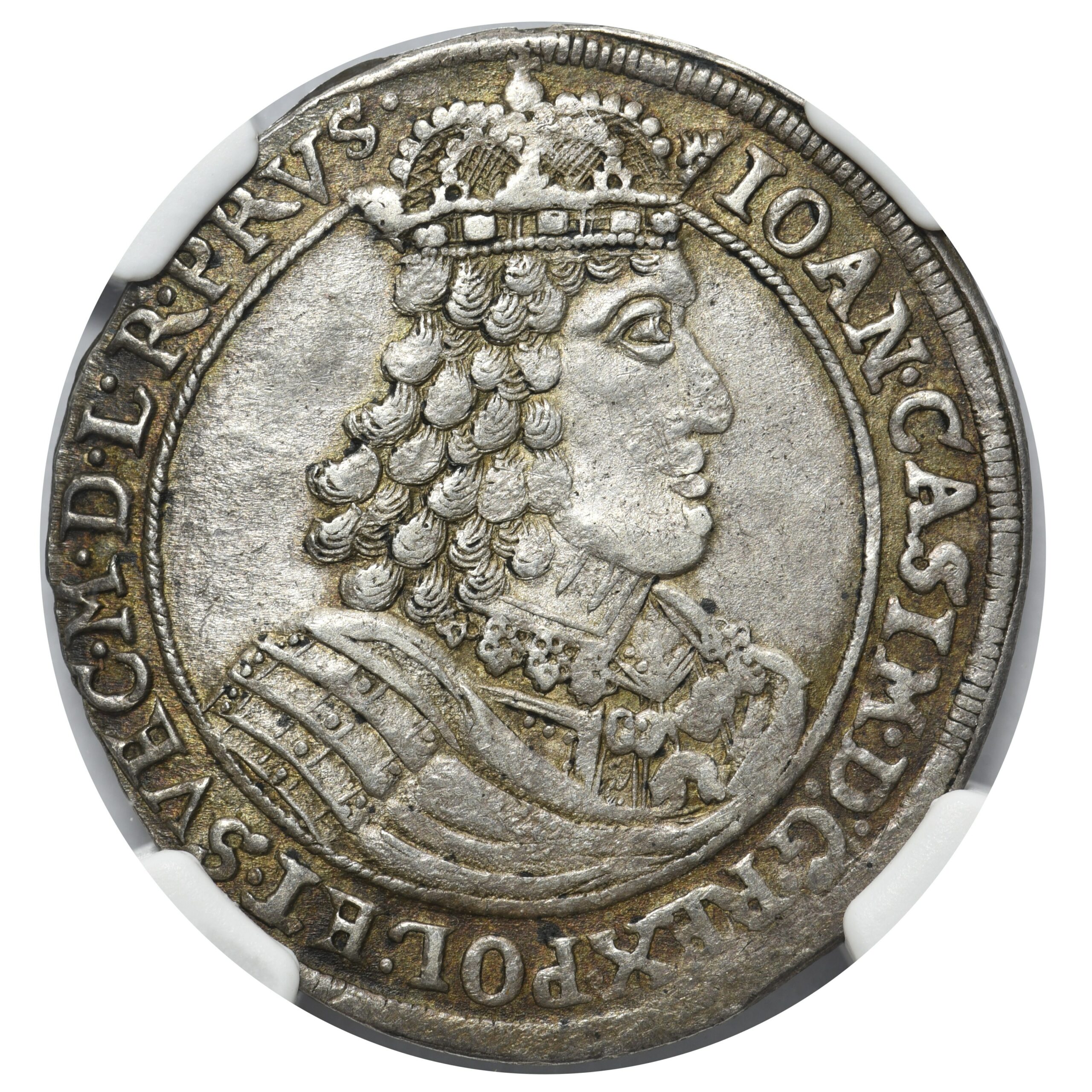
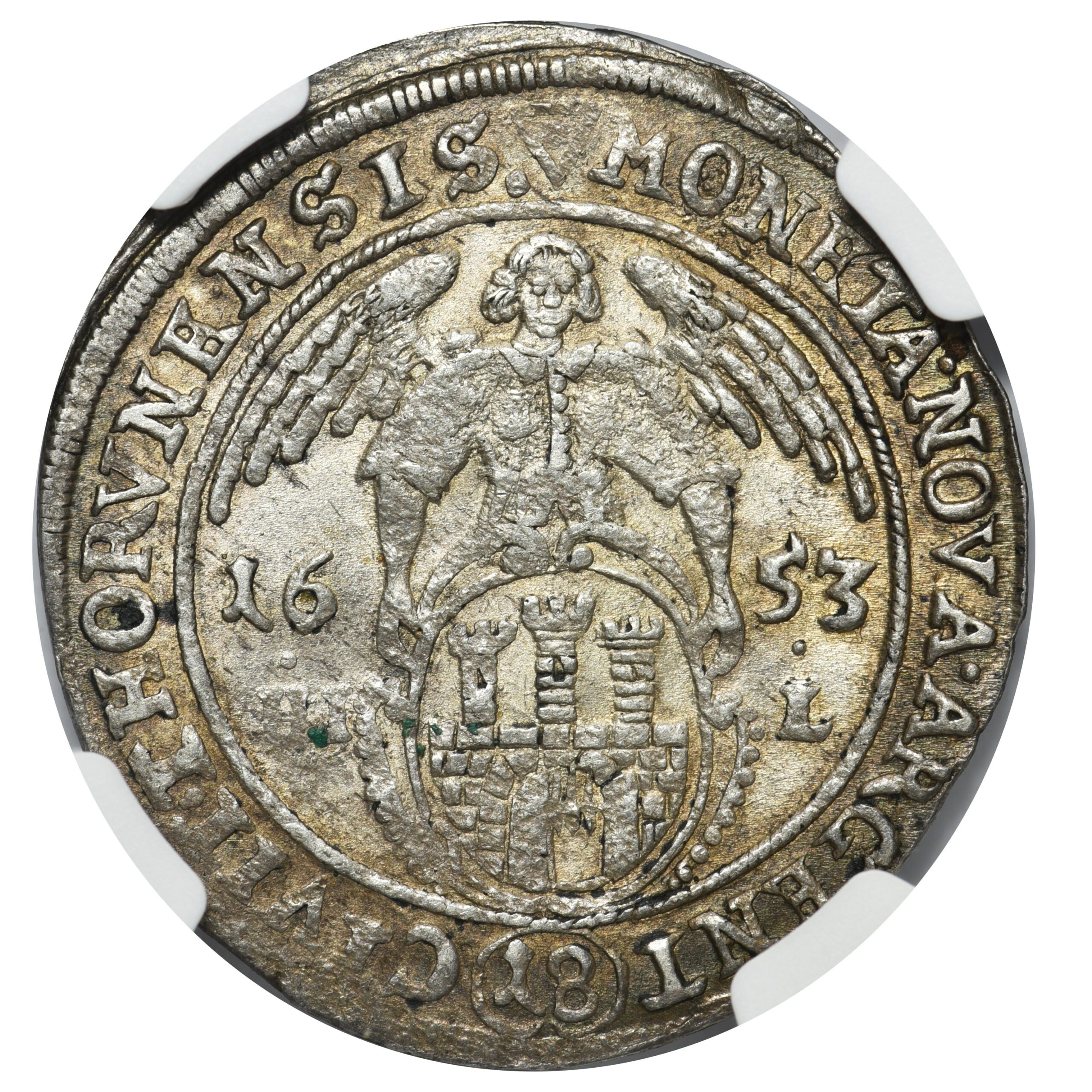
In the years 1655-58 the city was under the Swedish occupation, this began an interesting chapter in Toruń's Mint-occupation mounters, in these years the occupation orthoses with the image of the King of Sweden Karol Gustaw on the obverse and three Swedish crowns with the denomination of the "XVIII" on the reverse, not dates.
Now we go smoothly to Elbląg, from this mint Orta Jan Kazimierz are the rarest and most desirable by numismatics. Apart from the occupation, which I will mention later, they were beaten in 1650,1651,1660,1661,1662,1665,1666 and 1667. Each of the years is rare and reaches high prices, but the former are probably the most interesting for collectors. Elbląg, like Toruń, found himself under Swedish occupation, it lasted in 1655-58 and brought more orts than the one from 1626-35 when it was beaten from converted walkers from the time of Zygmunt III (I forgot to mention them in the previous part, now I add J).
Karol Gustaw's occupation orts for the city of Elbląg were minted in 1656, 1657,1658 and are mostly dated. A particularly interesting variety was beaten without the date in 1656 - it presents not the coat of arms of Elbląg, but a Swedish lion. This is how we went through all the mint of Jan Kazimierz and let me finish the second part of the story about Ortach, the next one soon ...
Wojciech Opioła


Wójcicki Polish Auction House
ul. Klemens Janickiego 2b
50-157 Wrocław
tel.: 696 875 000
Tel.: 71 30 70 111
e-mail: [Email Protected]